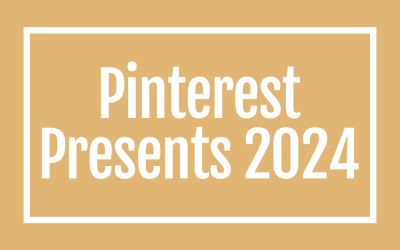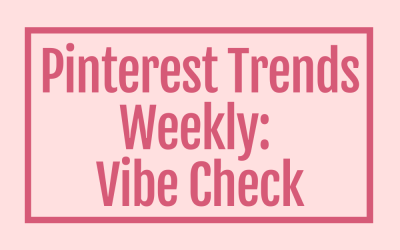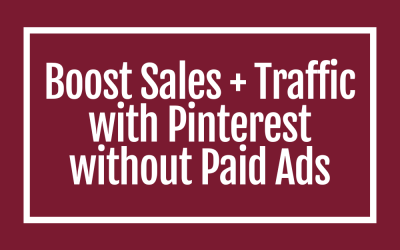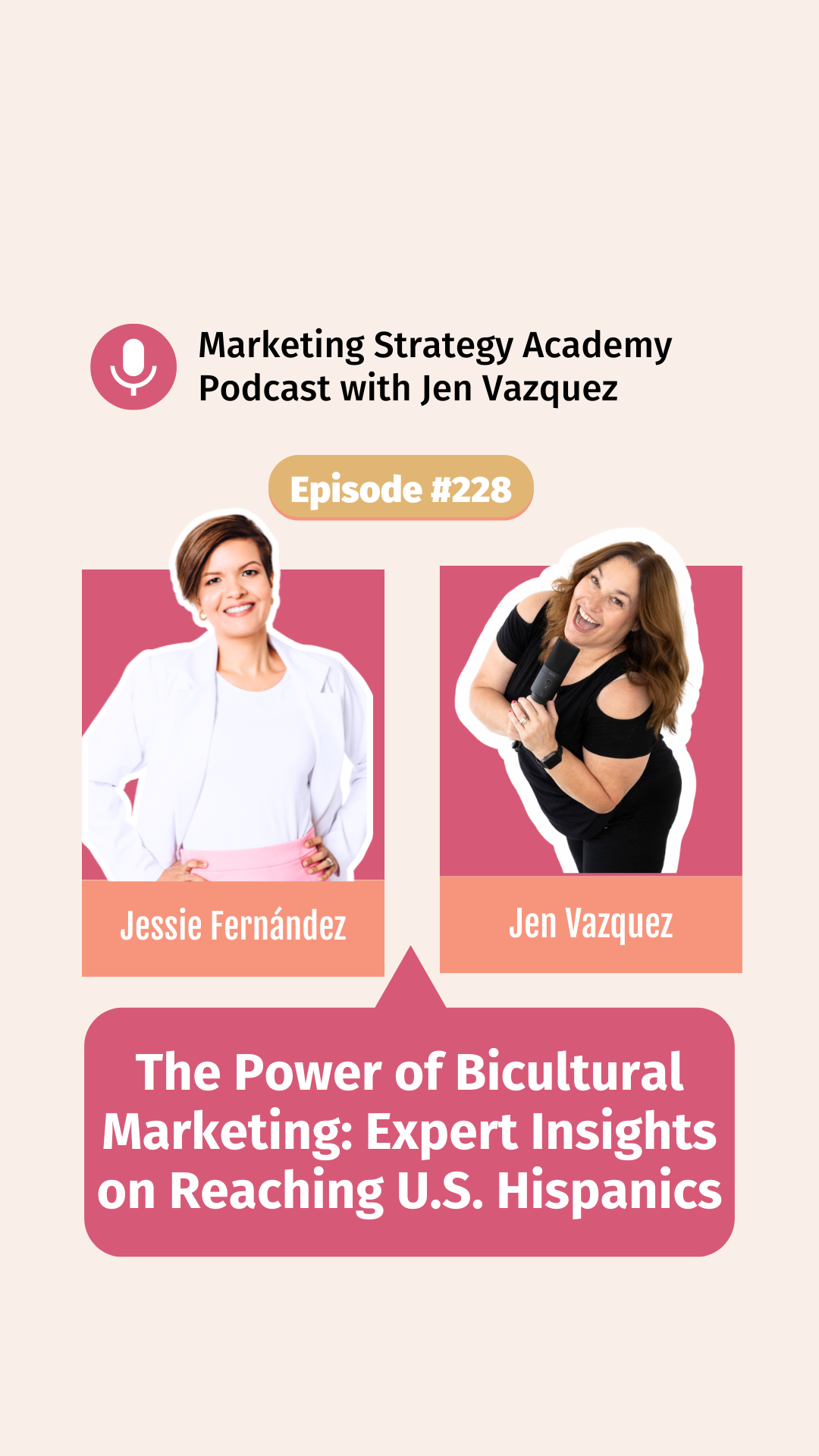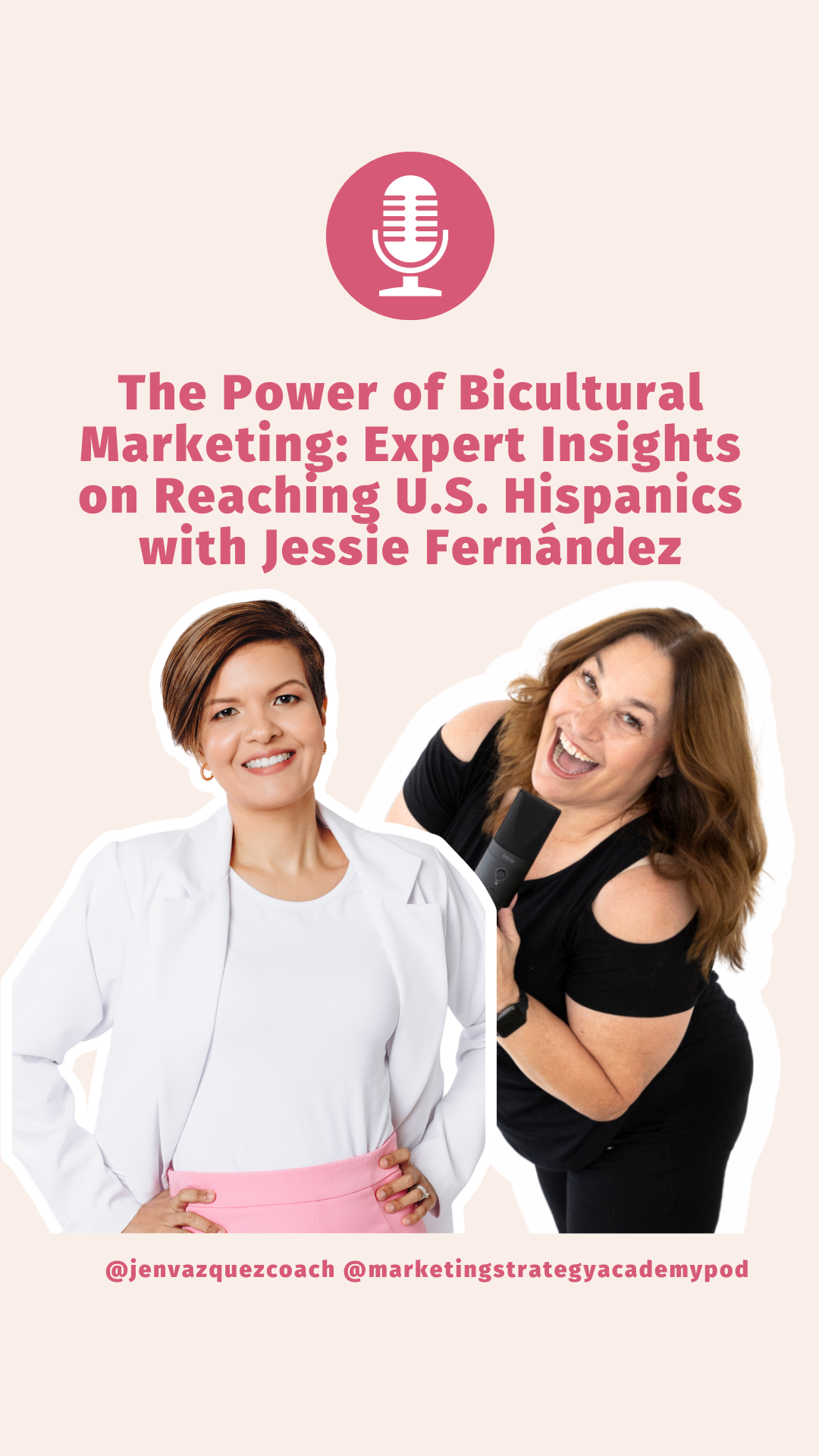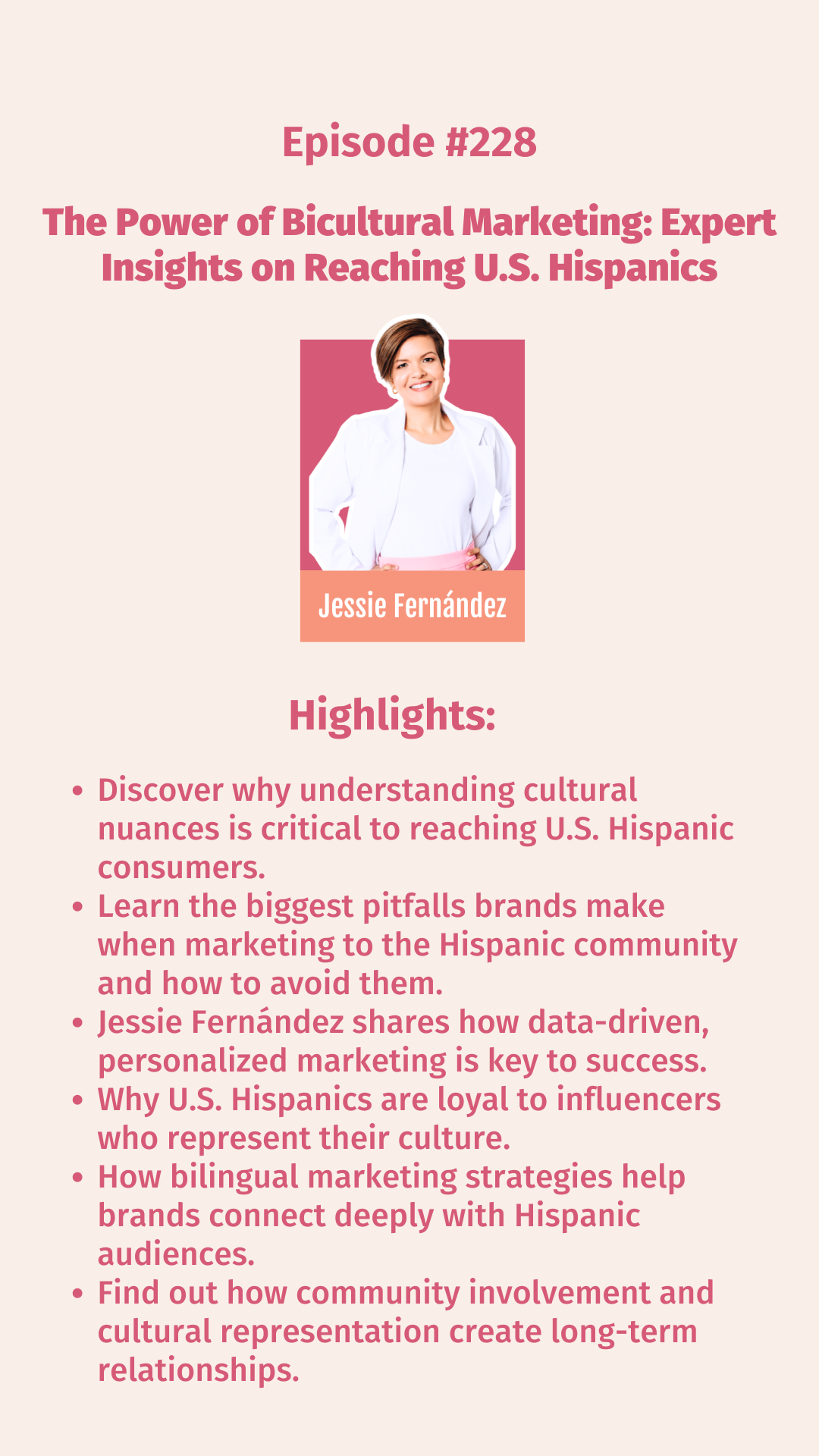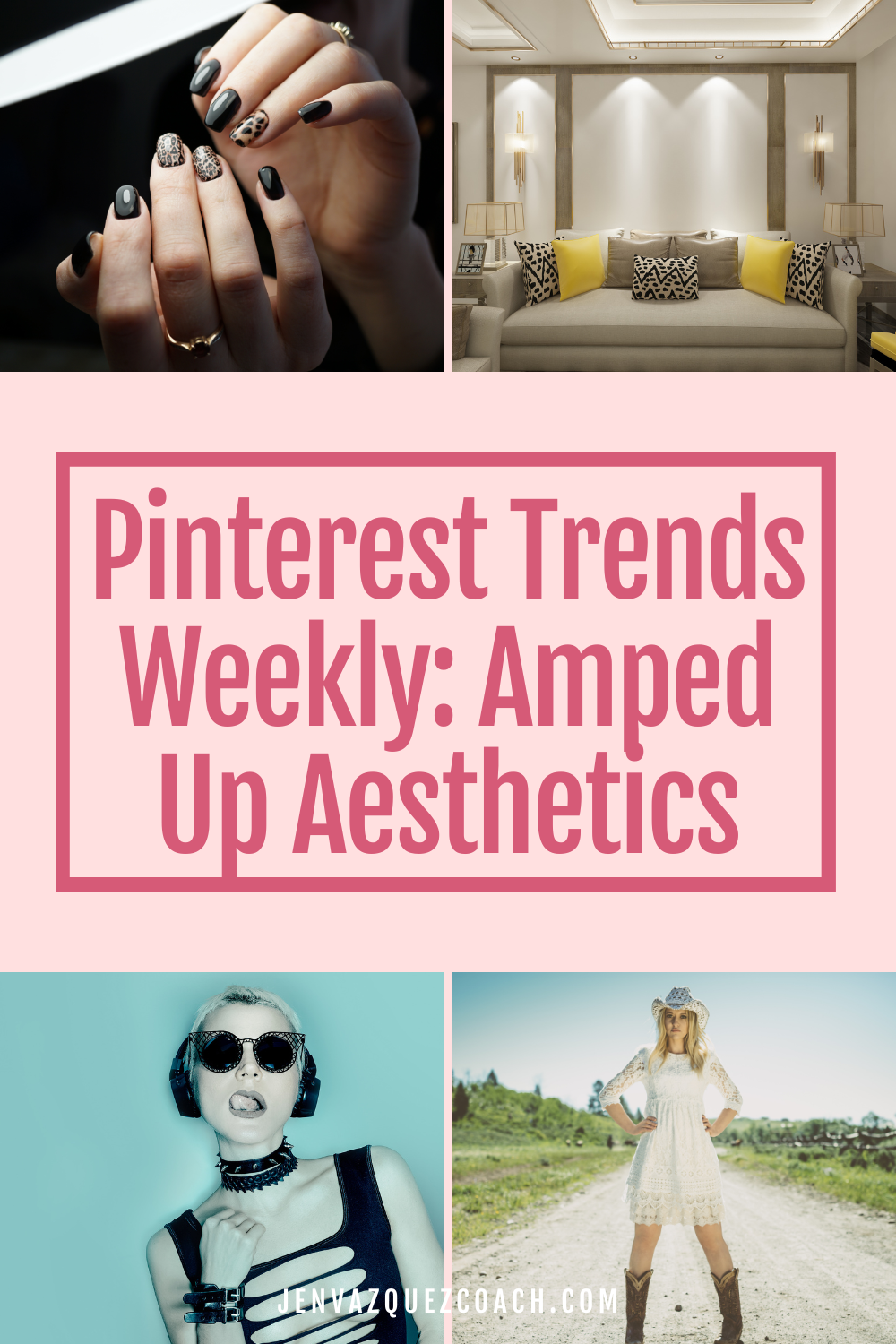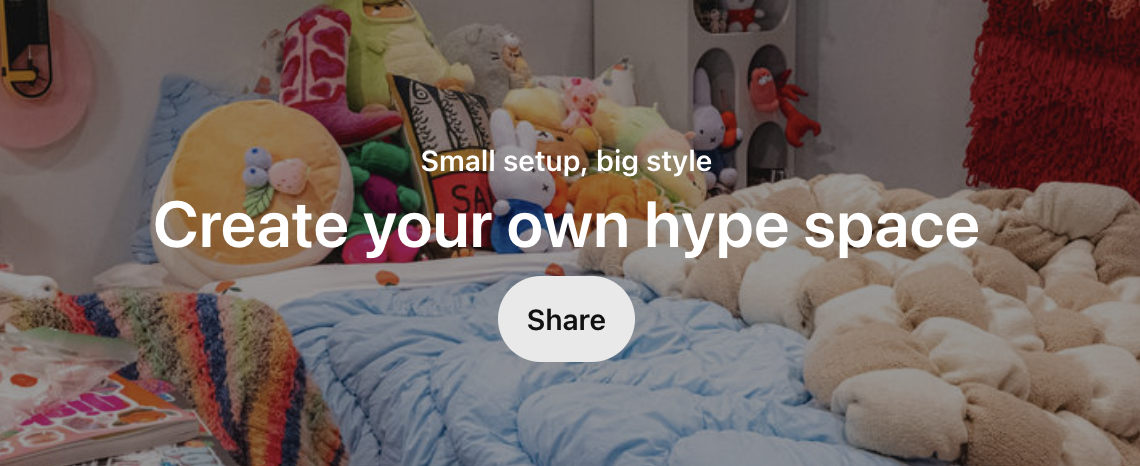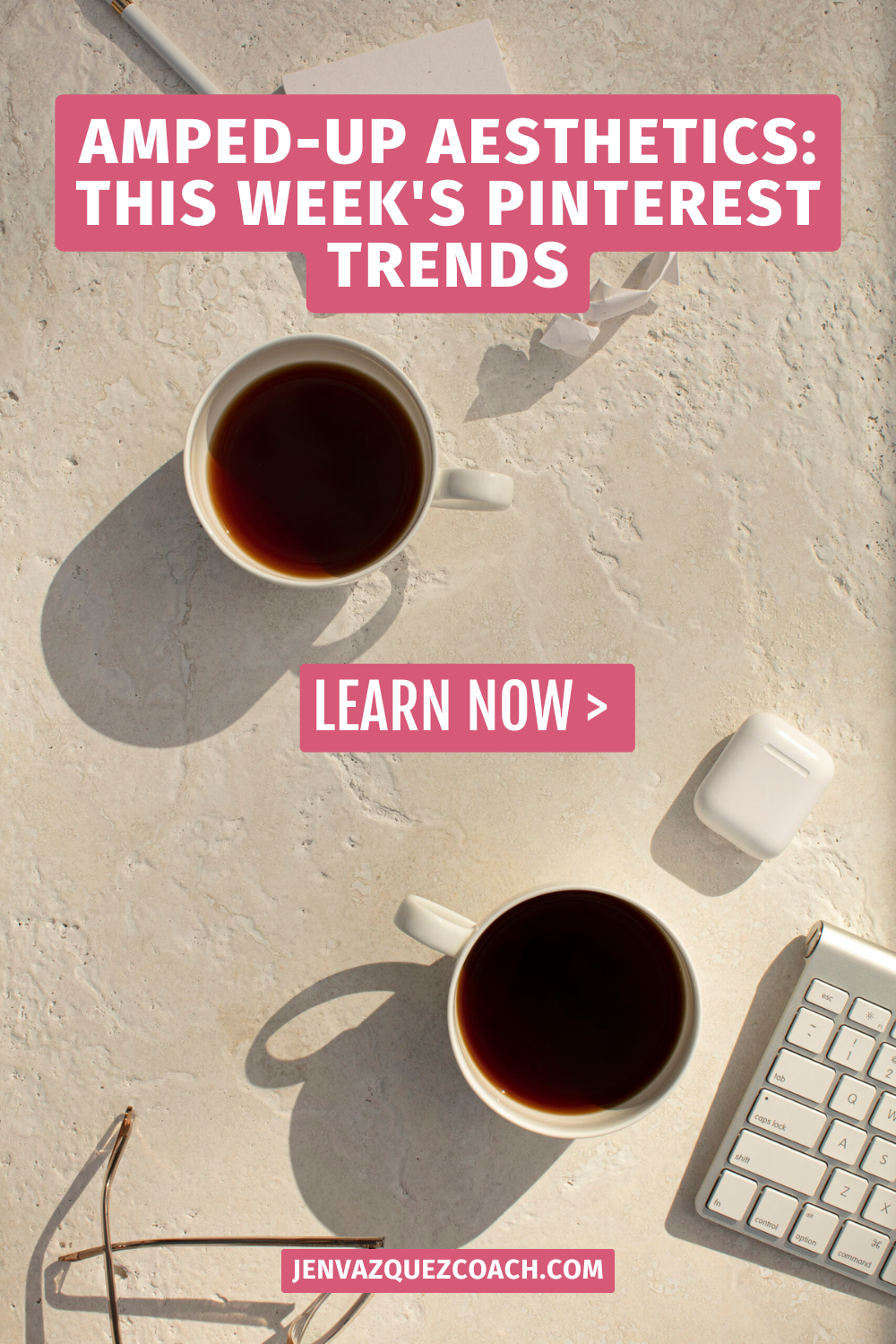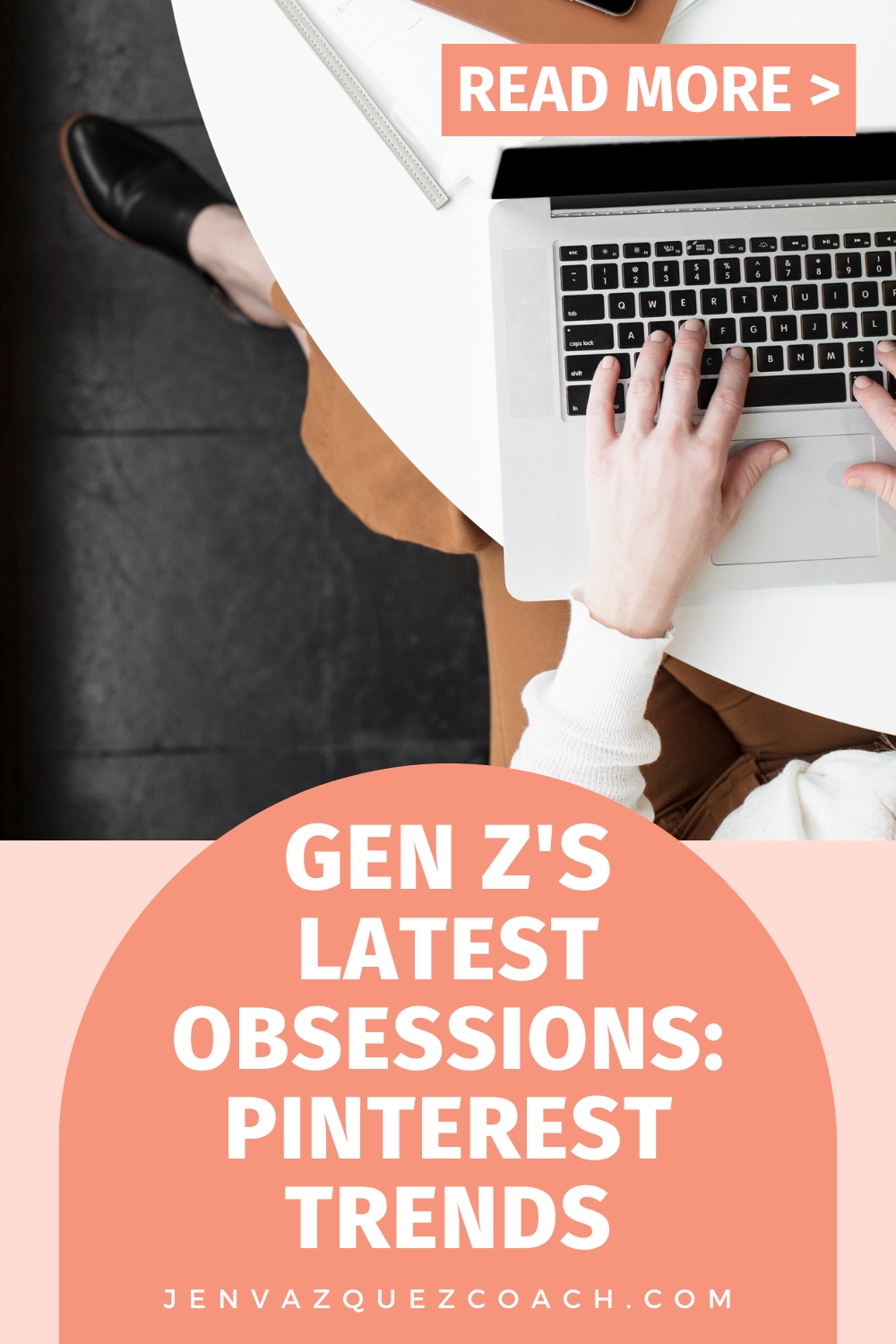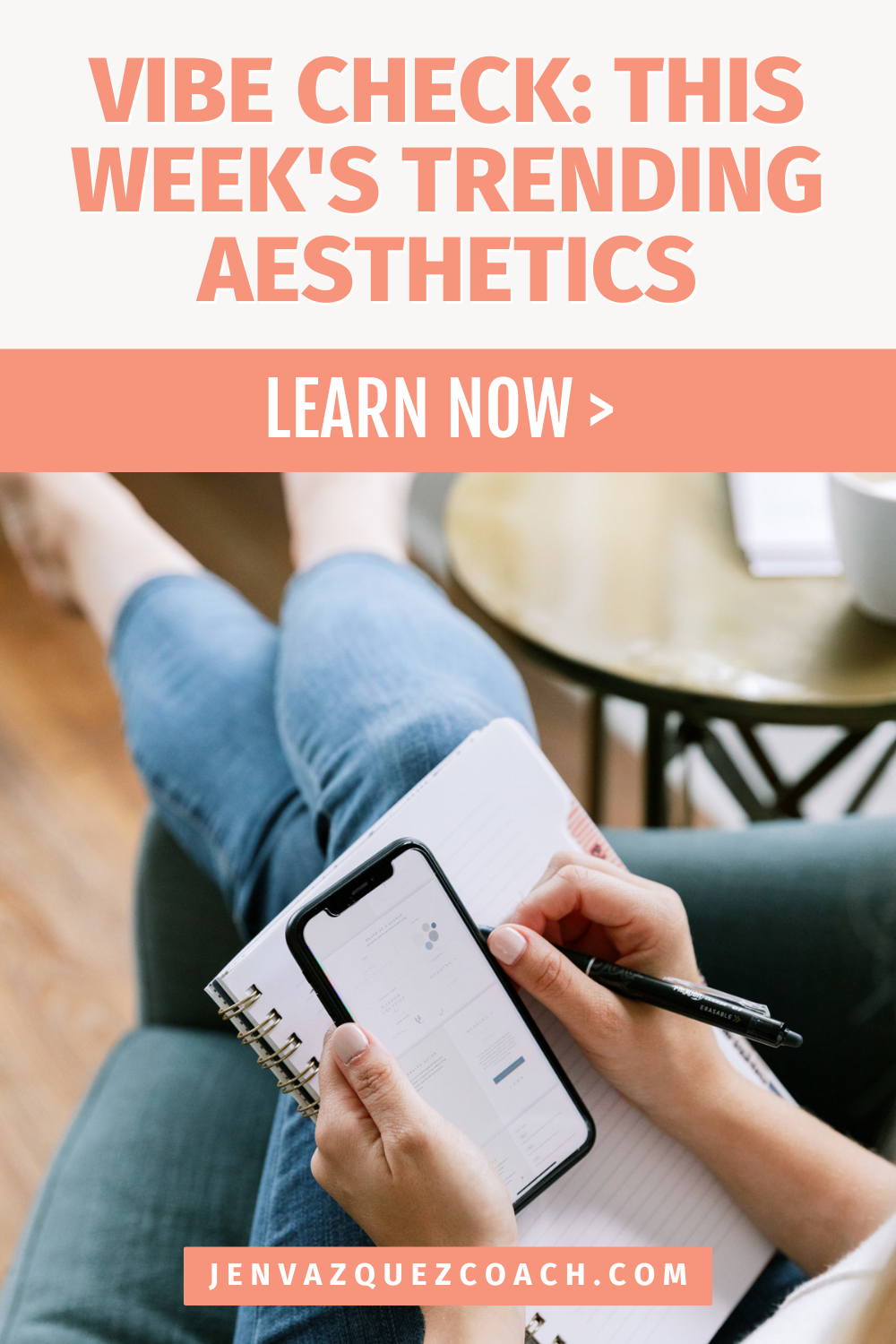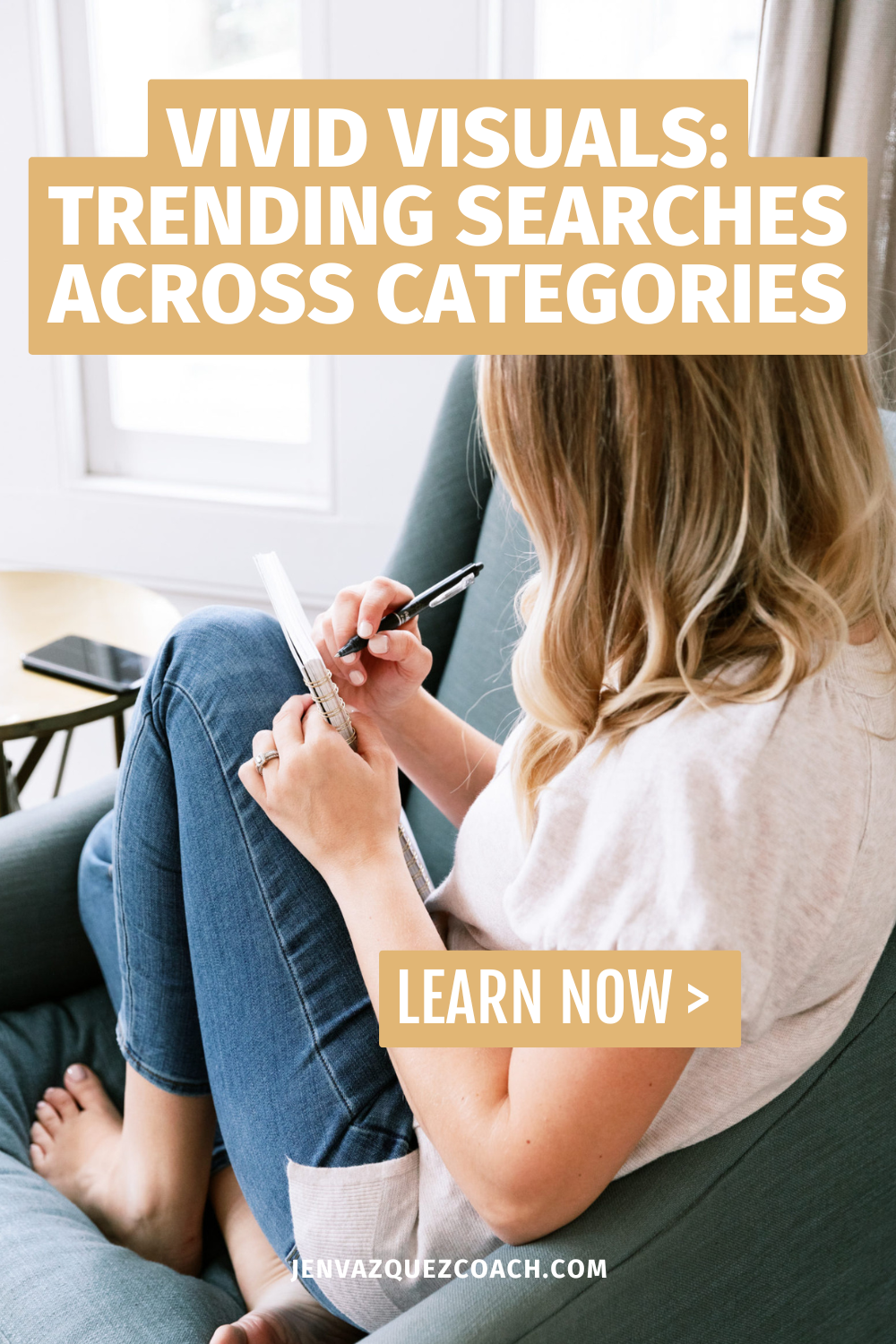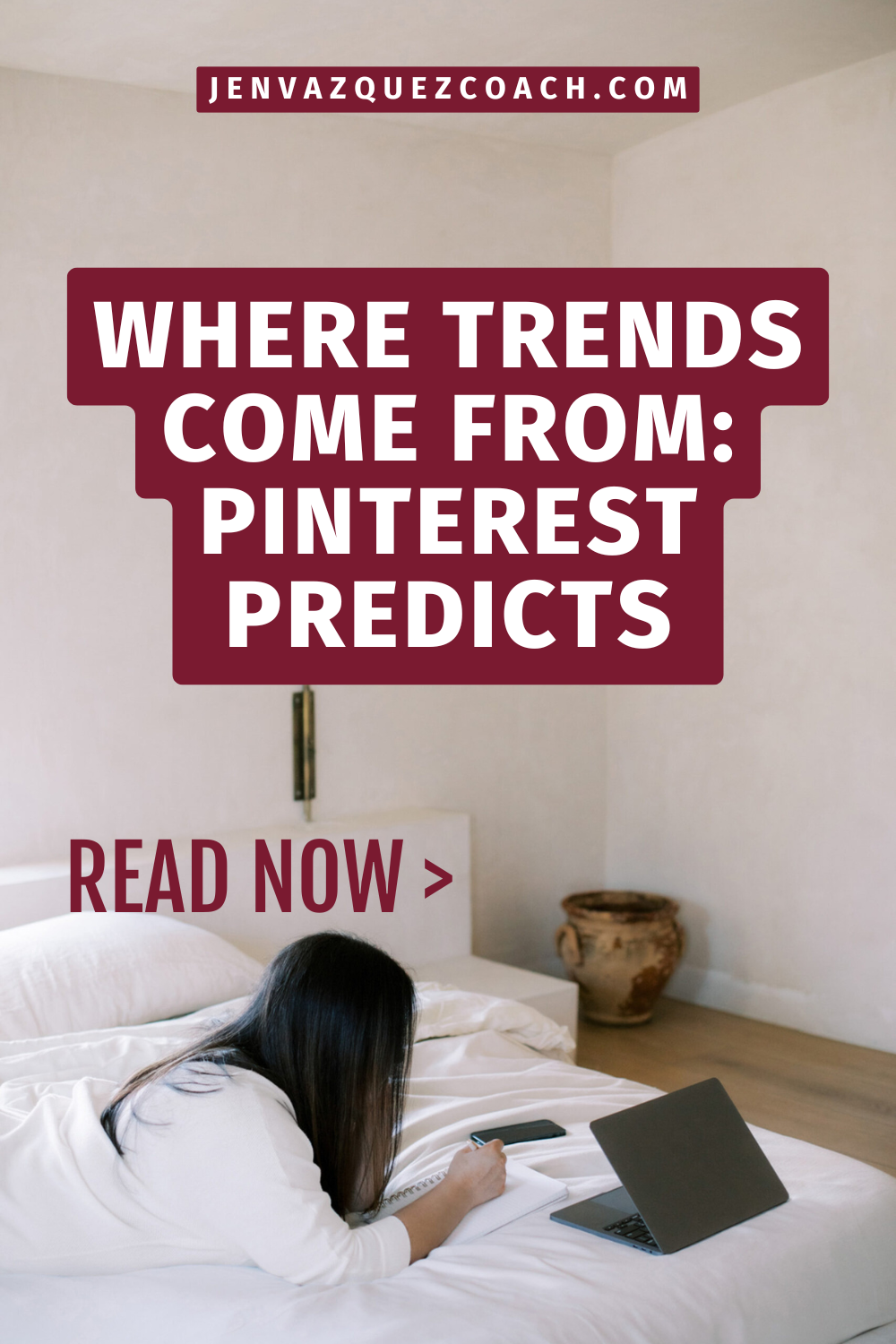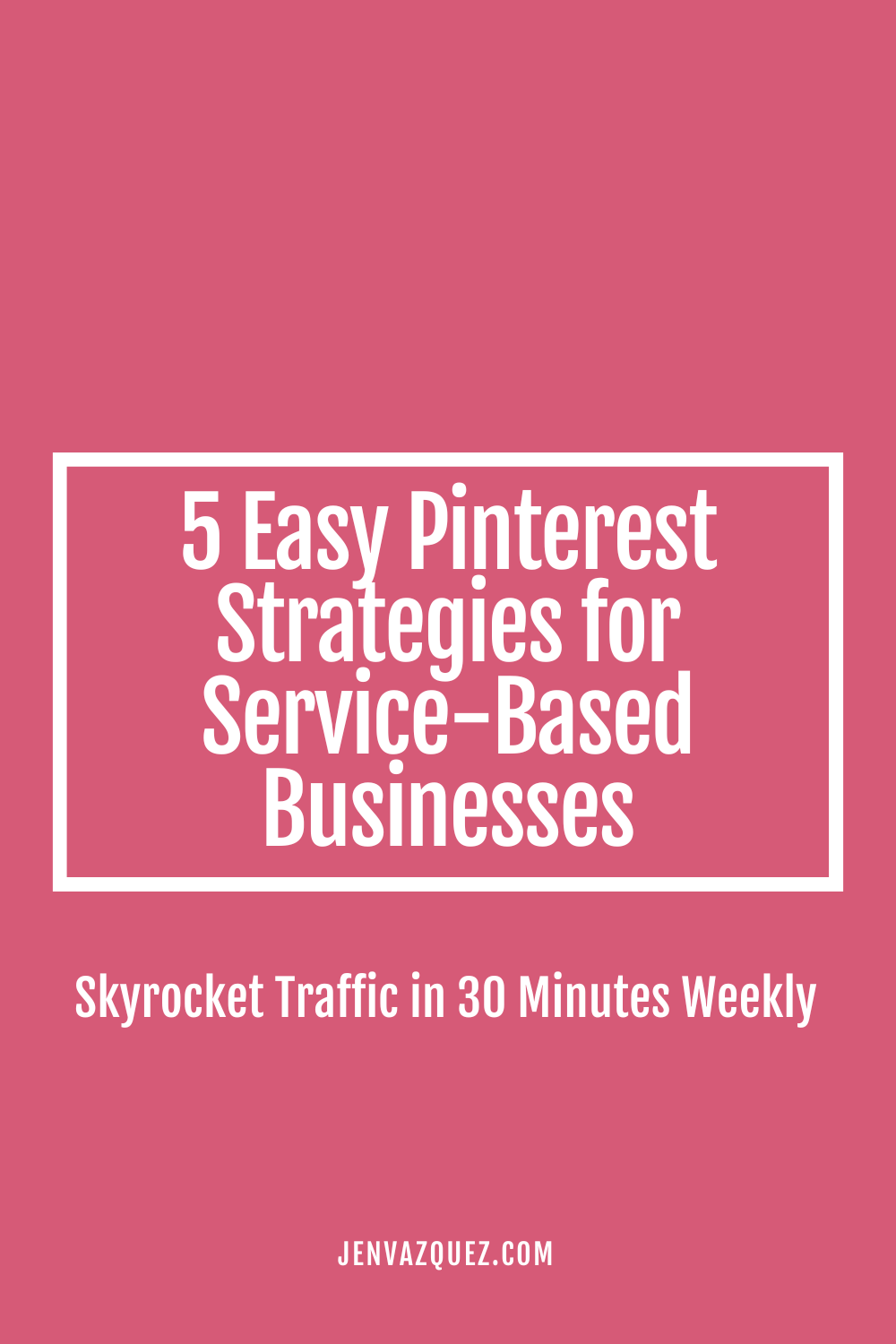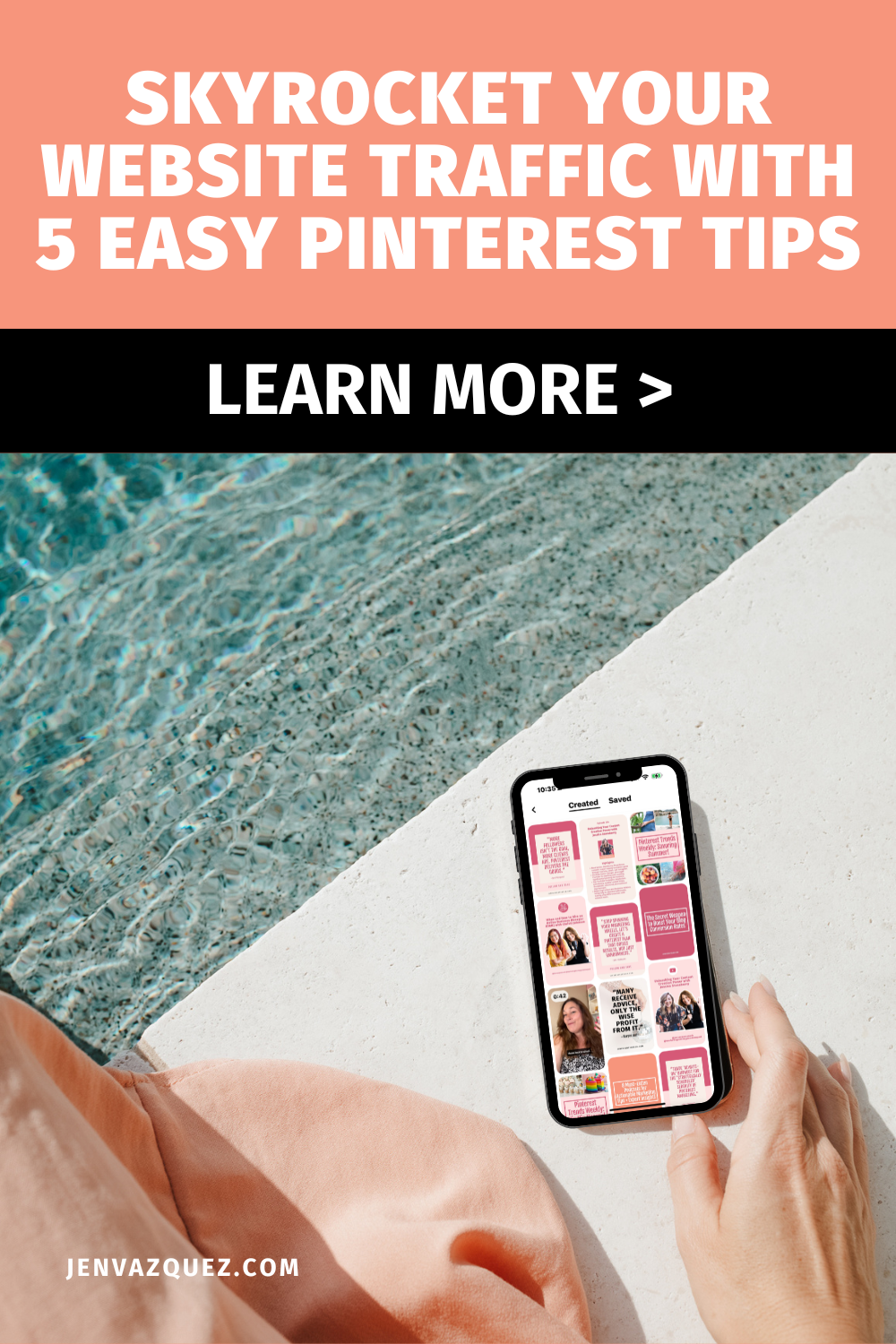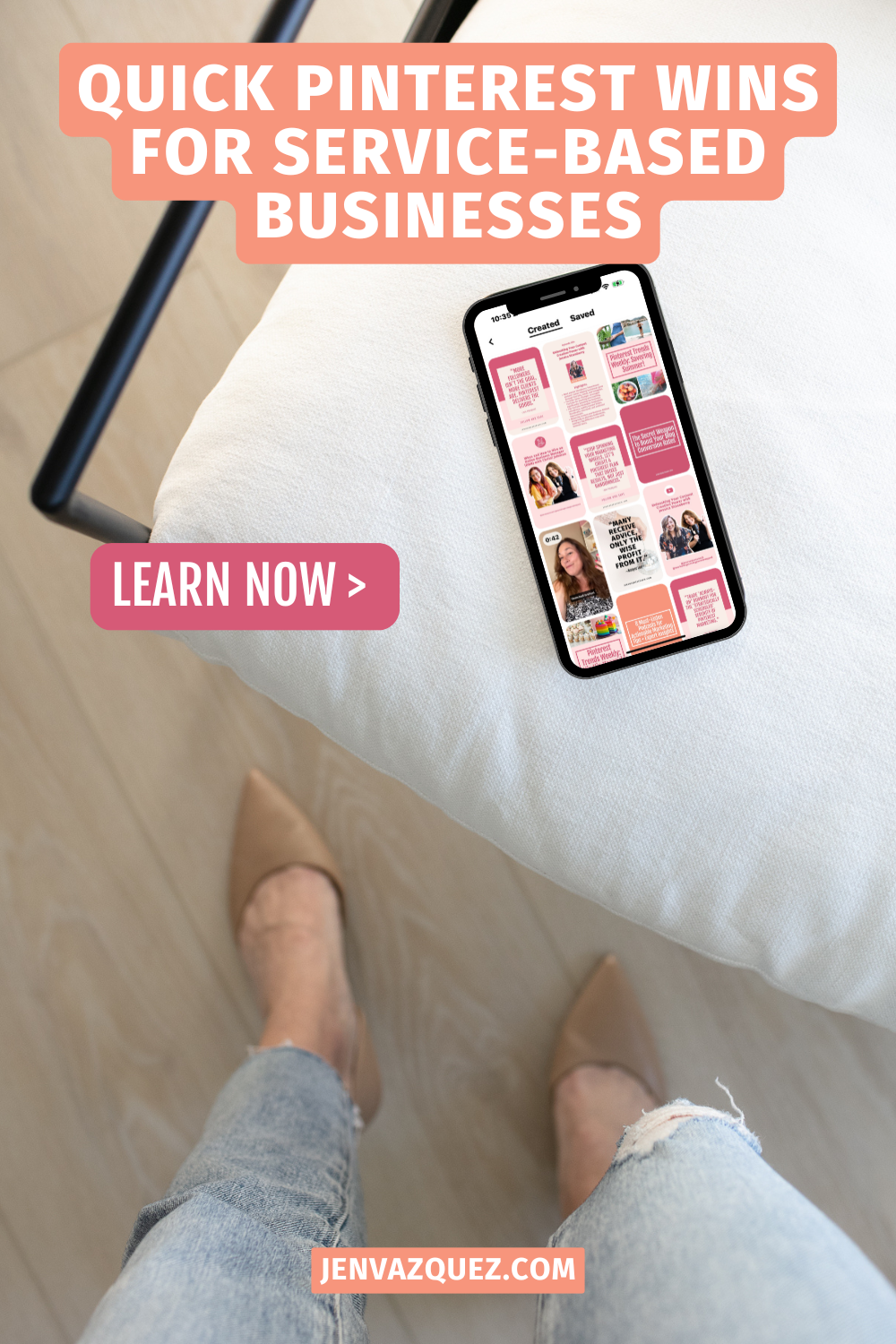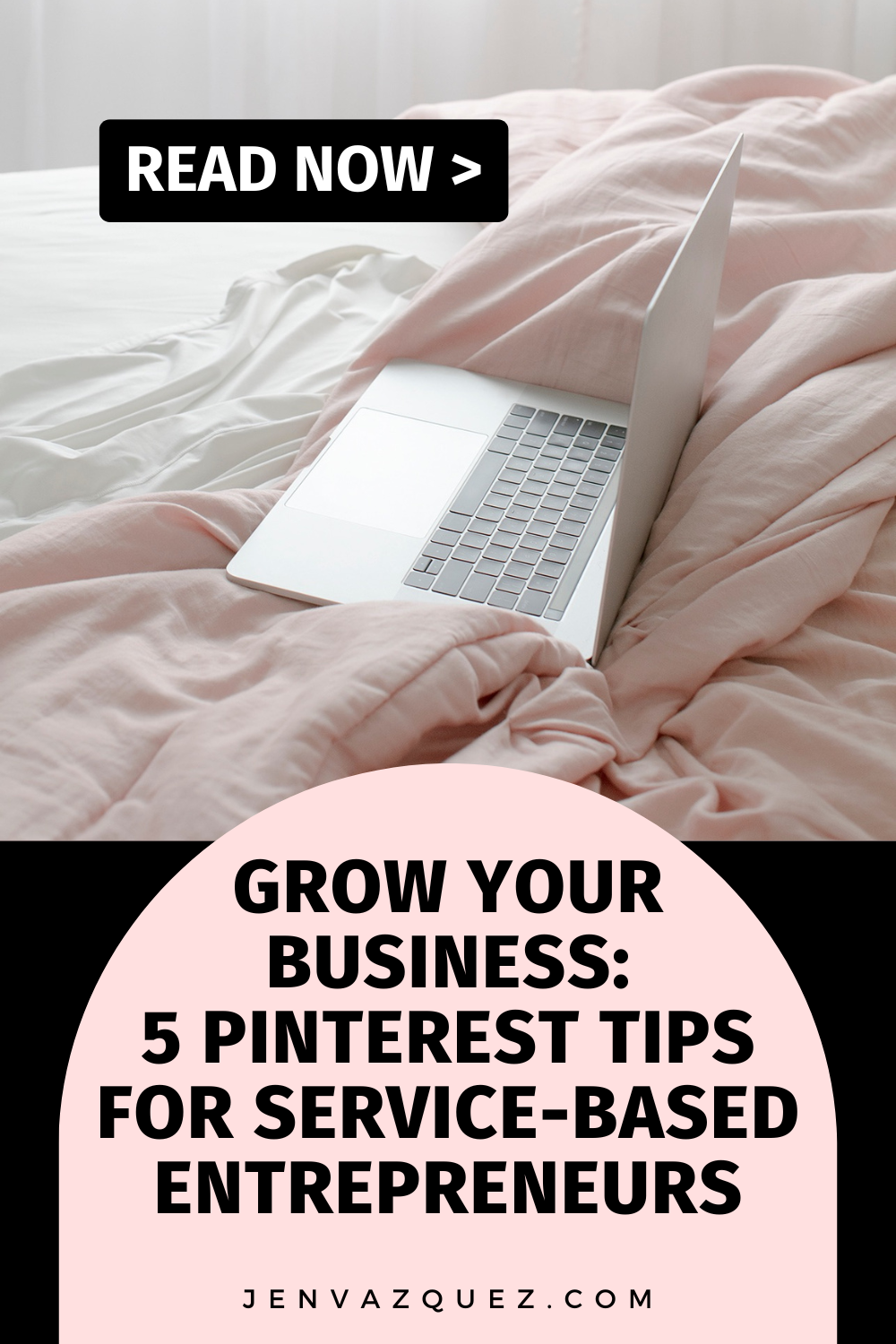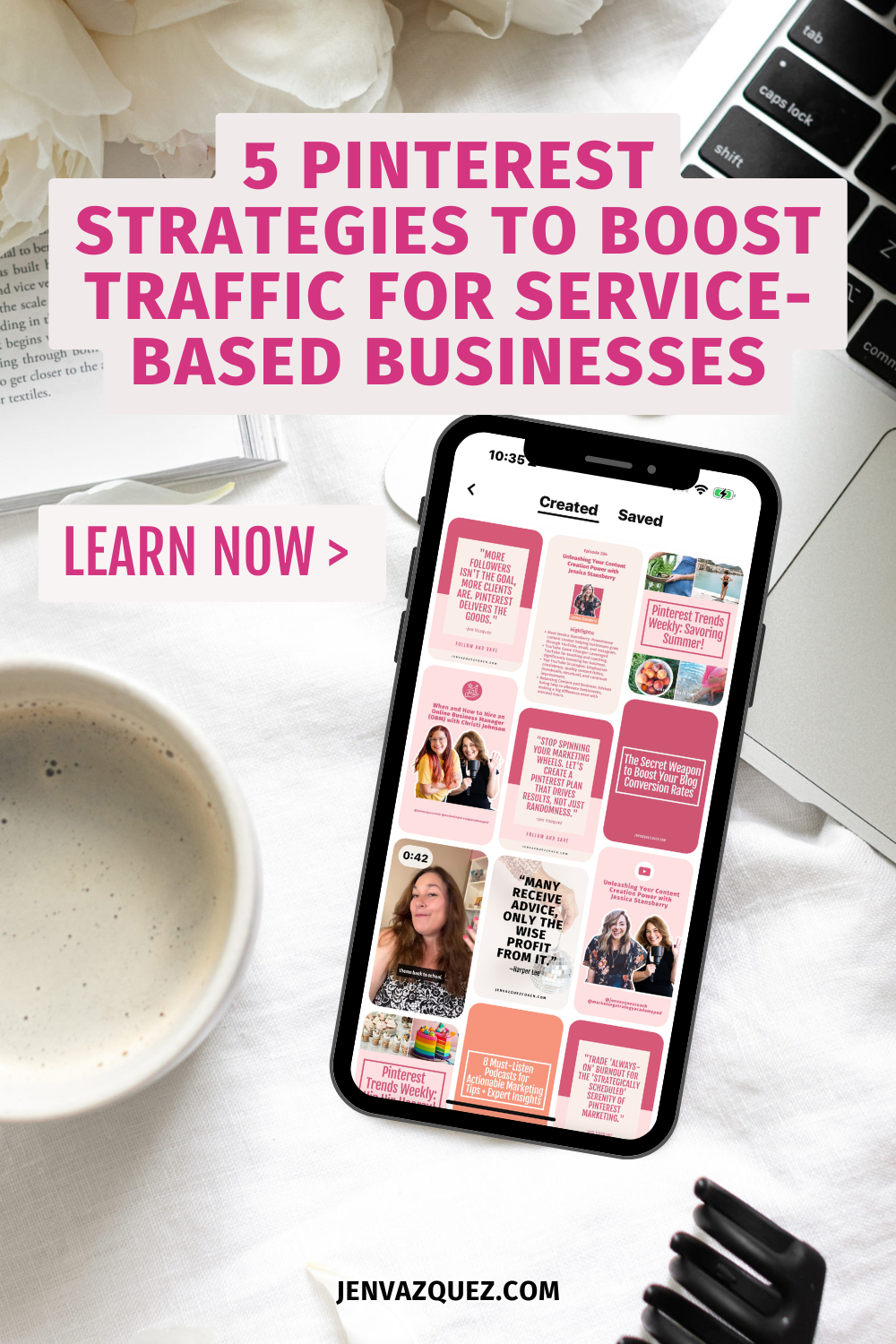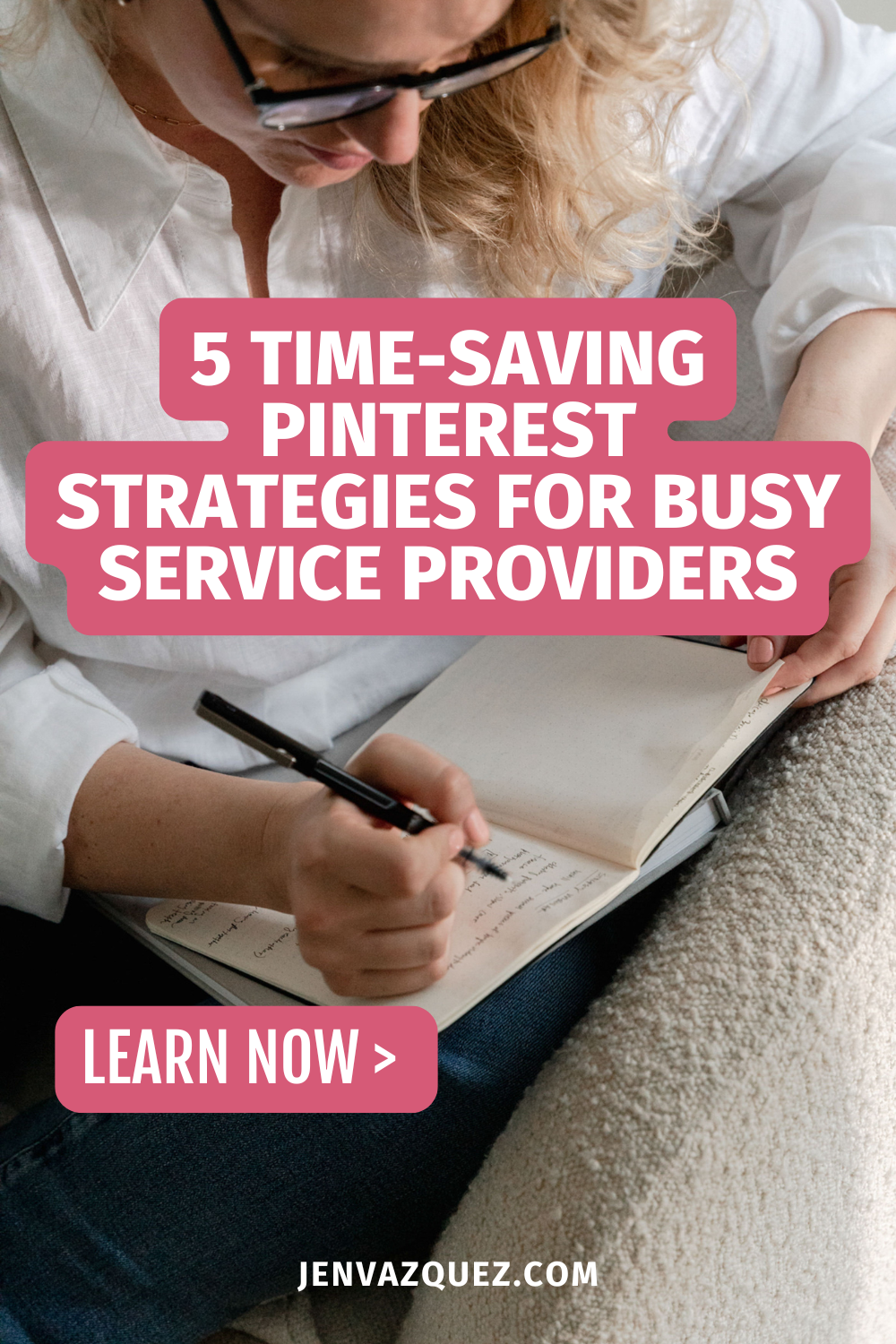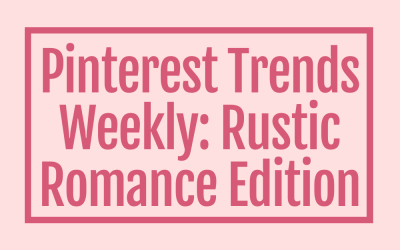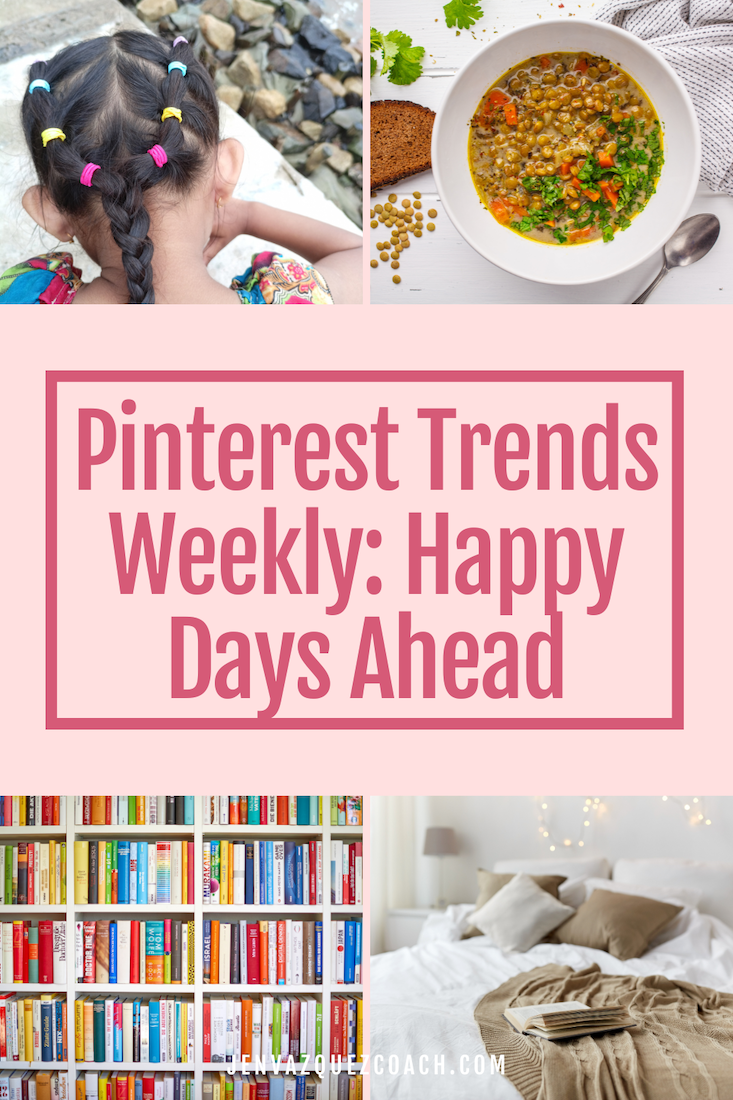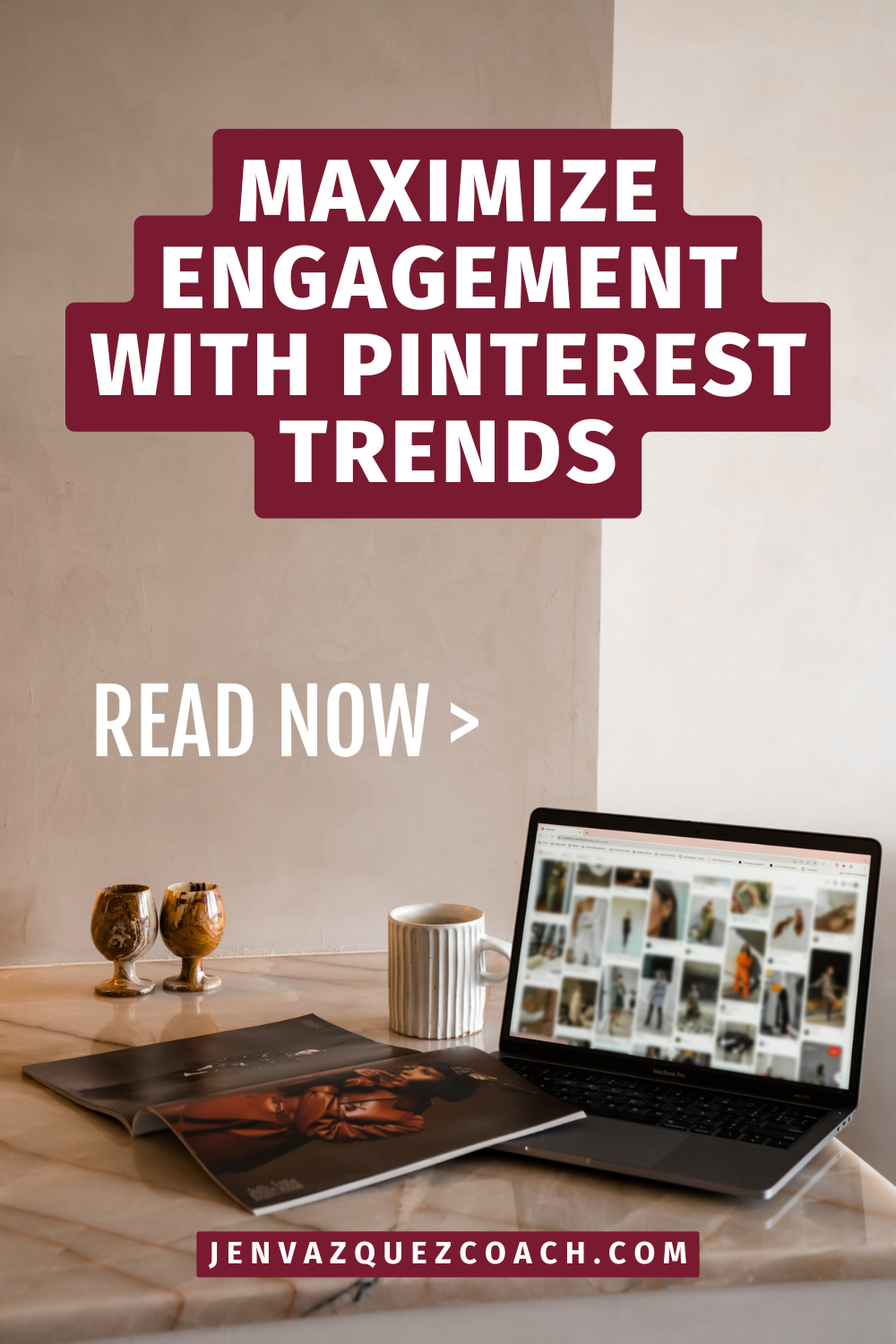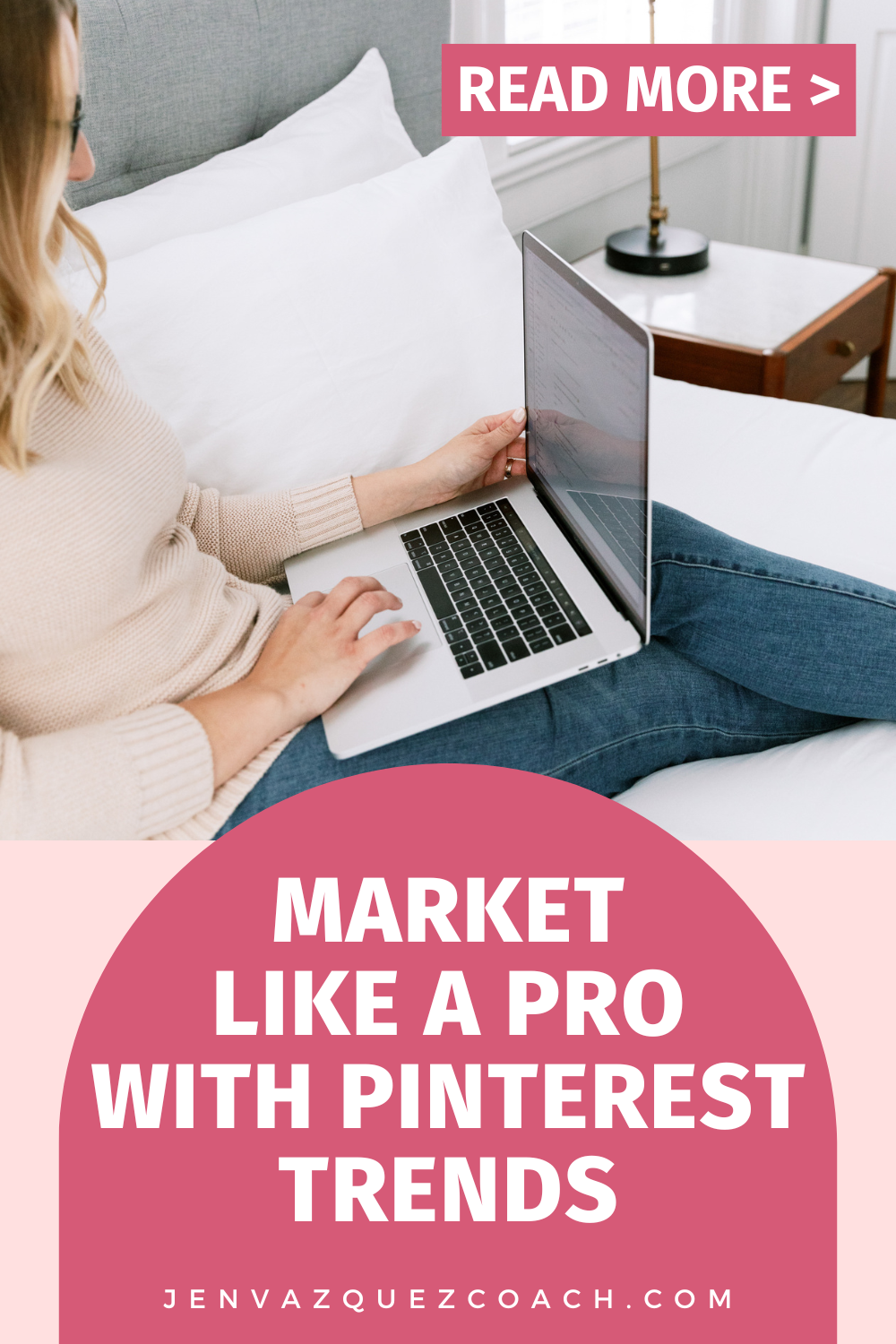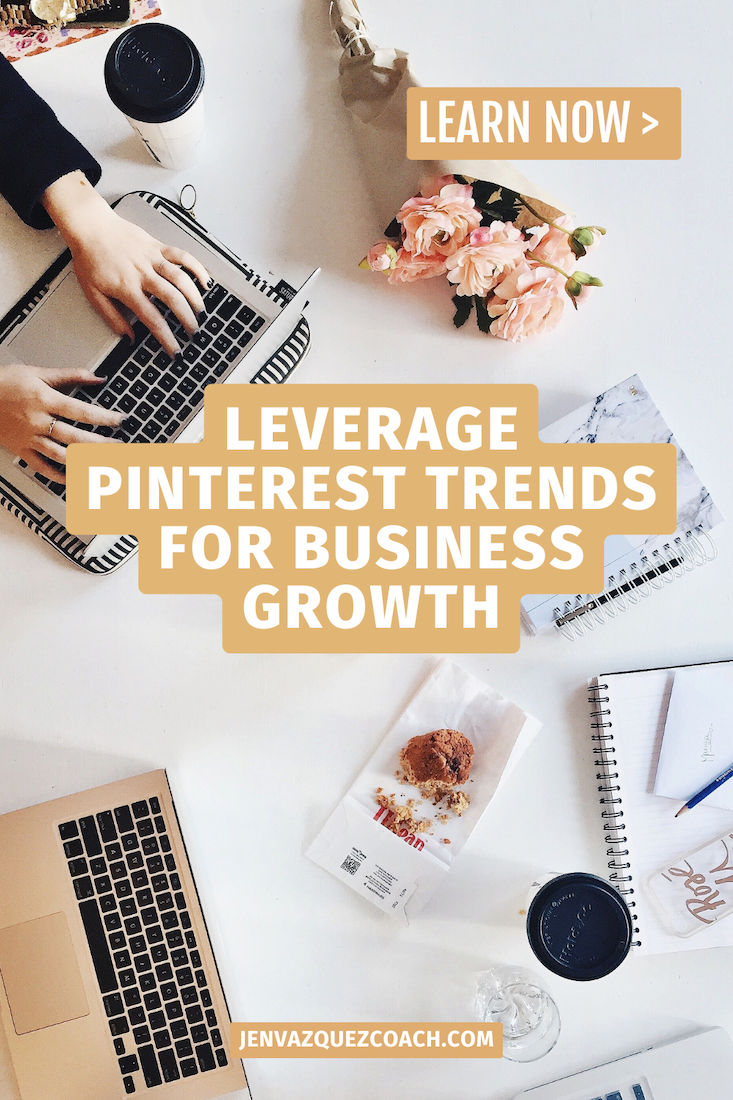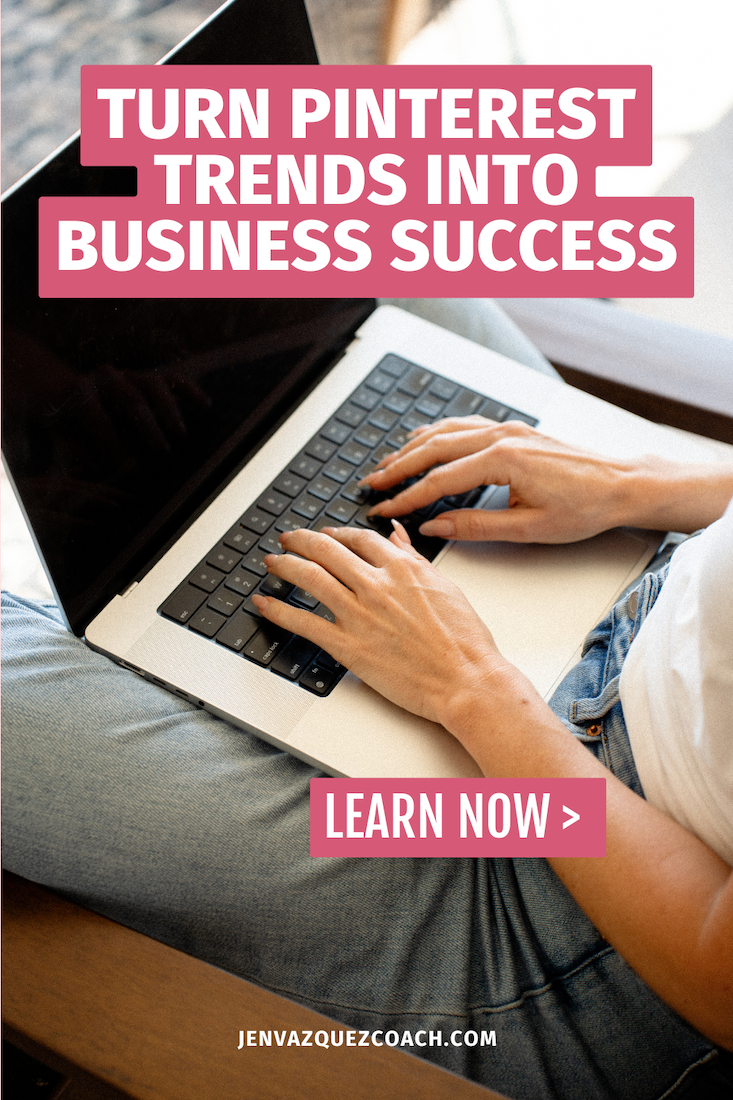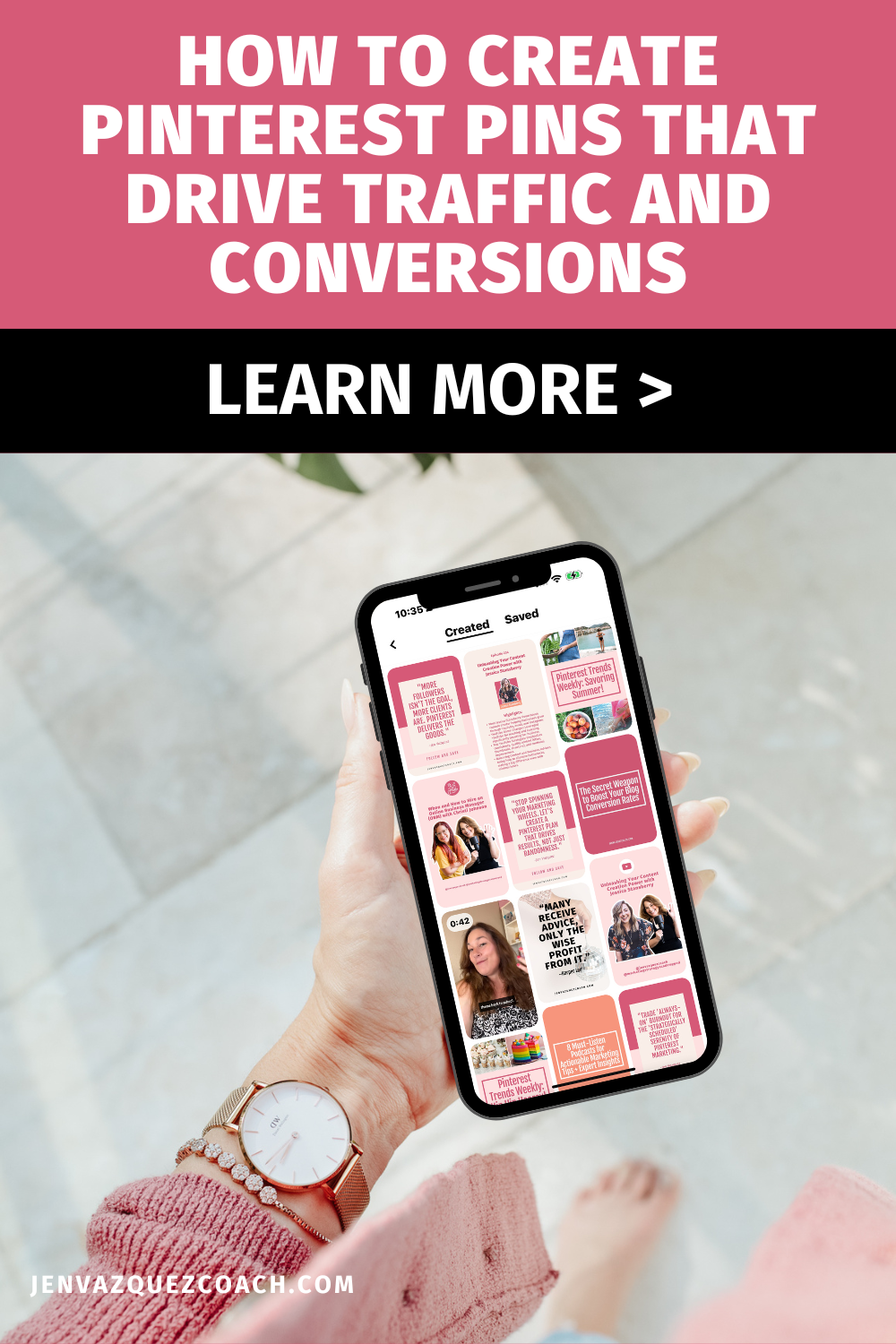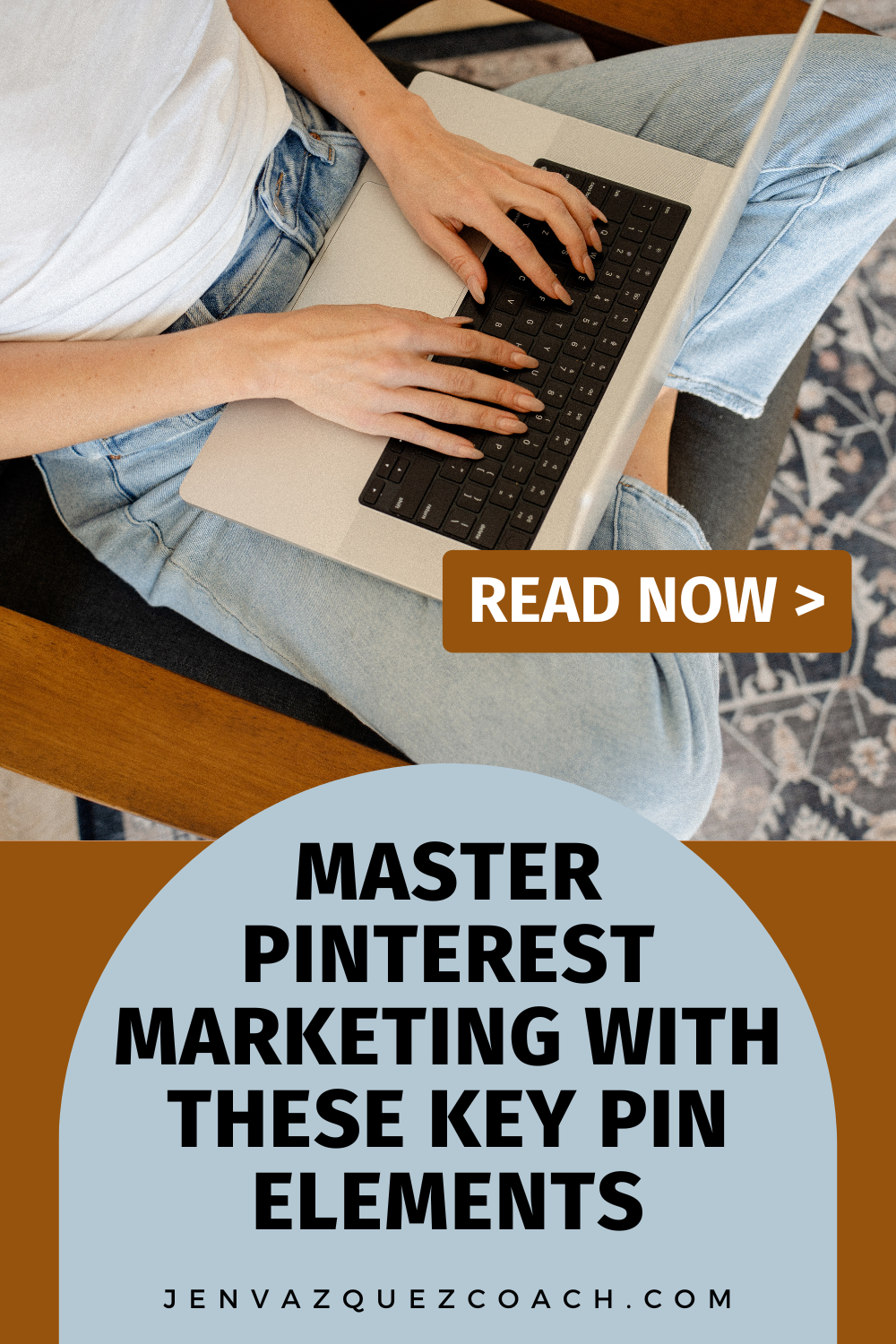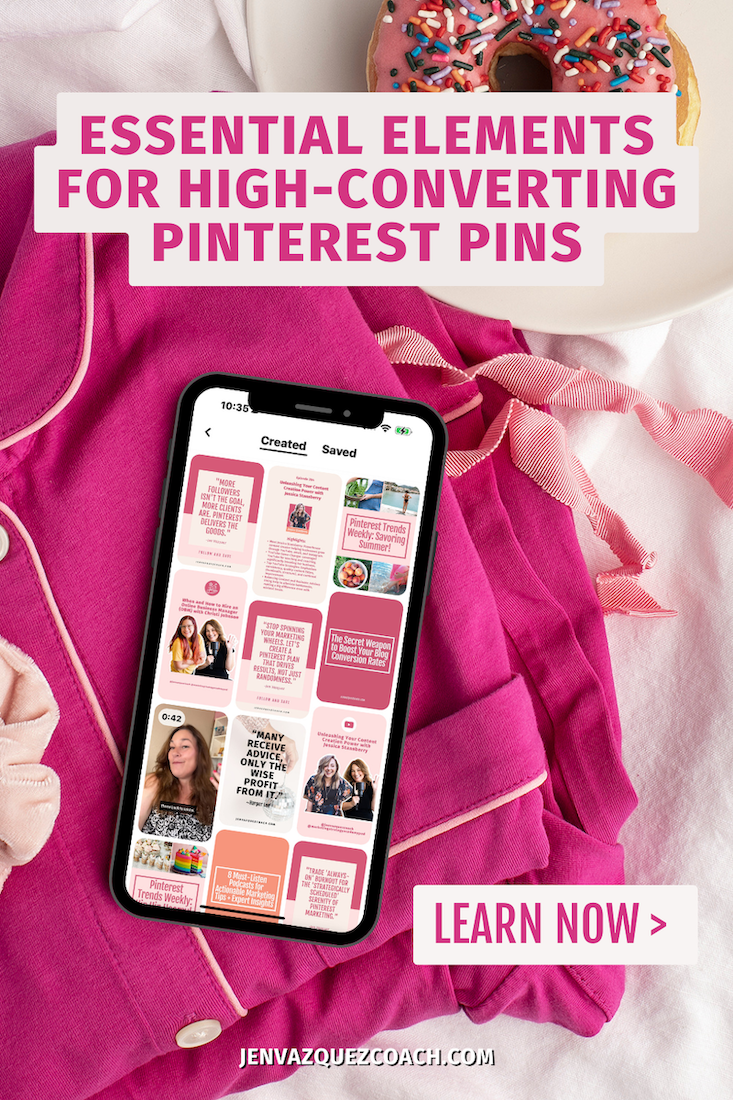Pinterest Presents 2024: What You Need to Know for Your Business Pinterest Presents 2024 is here, and it's bringing exciting updates and insights that business owners need to leverage. Whether you're already a seasoned Pinterest user or just starting, this annual...
Pinterest Trends Weekly: Rustic Romance Edition
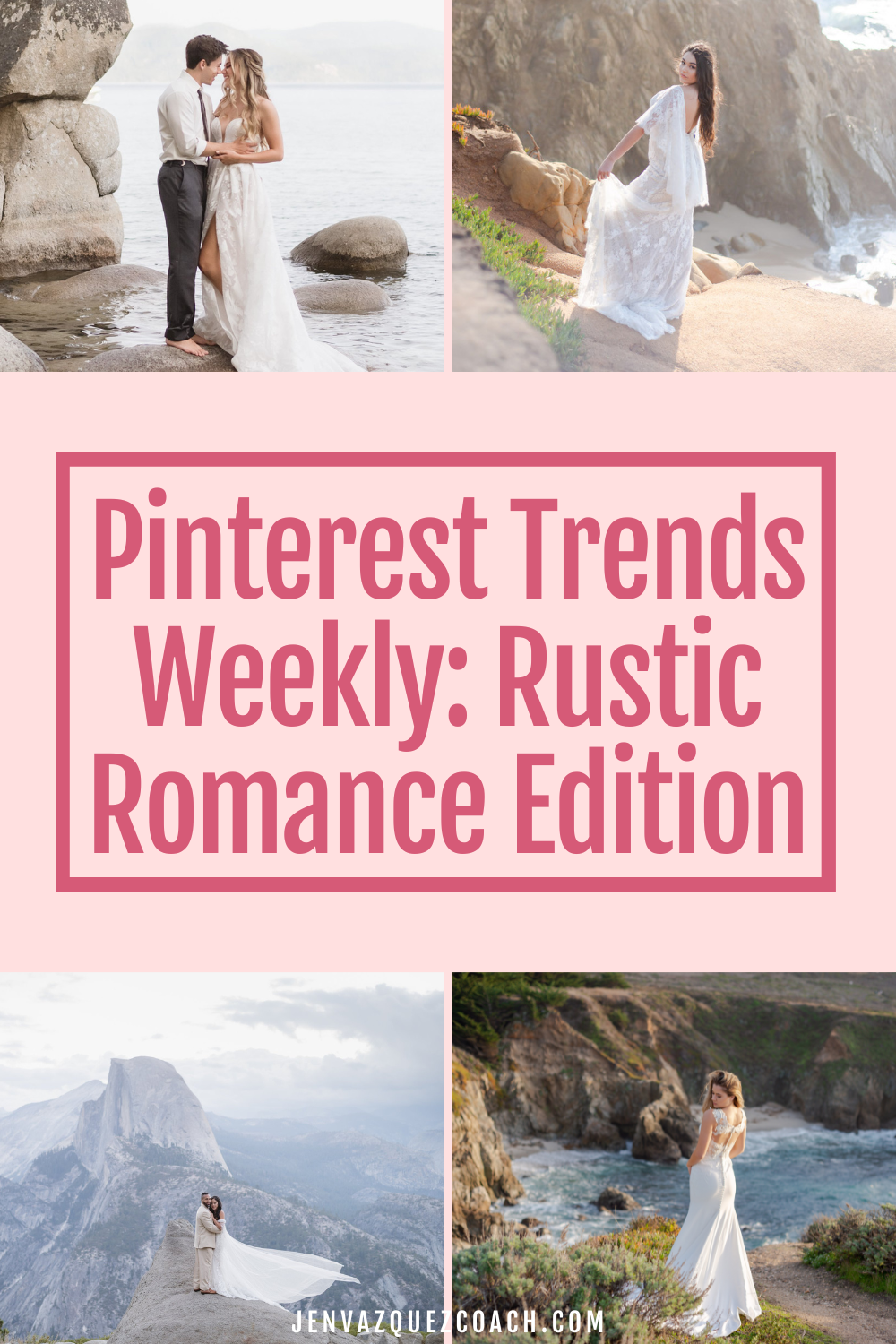
Pinterest Trends Weekly: Rustic Romance Edition
I’m back with the latest Pinterest trends and if you’re a wedding pro —- listen up! Pinners are falling in love with these trends. This week on Pinterest, rich and romantic inspiration for lush fall weddings is trending. Let’s dive into the insights Pinterest collected around the theme: Rustic Romance Edition
Key Trends This Week
- 140% increase in “fall colors”
- 135% increase in “wedding band stack ideas”
- 2.5x increase in “micro french manicure”
- 3x increase in “memory table wedding display”
- 80% increase in “civil wedding dresses” among Gen Z
- 110% increase in “reception party dress” among Gen Y
- 100% increase in “hippie jewelry”
Before We Dive into This Week’s Trends!
If you’ve been wondering how you can use these trends in your marketing, watch my How To Use Pinterest Trends Masterclass from last week. We dug deep into where to find the Pinterest Trends and how to strategize how to use them in YOUR business.
Head over to thepinterestqueen.com/pinterest-trends to sign up and start smashing your Pinterest goals!
Where Do These Trends Come From?
Pinterest is all about looking ahead. With over 522 million users using Pinterest to discover the next big ideas, we can leverage these insights to predict what’s on the horizon. Each week, Pinterest Predicts Weekly highlights actionable search trends from users across various categories, regions, and demographics.
You can explore these insights further at trends.pinterest.com, where you’ll find everything you need to craft a marketing plan around trending searches and connect with high-value audiences.
Growing Trends: Rich Hues
Fall weddings are embracing deep jewel and earth tones like never before. Here’s what’s trending:
- 140% increase in fall color searches
- 50% increase in dark teal weddings
- 40% increase in navy and burgundy weddings
- 40% increase in earth tone weddings
- 25% increase in October wedding color schemes
Category Trends: “I Do” Essentials
From beauty to decor, here’s what’s hot:
Jewelry
- wedding band stack ideas are up 135%
- timeless engagement rings by 90%
- dainty promise rings by 60%
- Western engagement rings by 35%
Beauty
- Micro French manicures have surged by 2.5x
- bridal half-up/half-down styles by 160%
- romantic wedding hair by 50%
- soft glam bridesmaid makeup by 50%.
Decor
- Memory table wedding displays have skyrocketed by 3x
- fall table runners by 60%
- dried flower arrangements by 60%
- backdrop decorations by 45%.
Audience Trends: To Have and To Hold
Pinterest users are on the hunt for both timeless and unique wedding ideas:
Gen Z:
- 80% increase in civil wedding dresses
- 40% increase in church wedding decorations
- 40% increase in dream proposals
- 35% increase in classic wedding aesthetics
- 30% increase in purple vintage cakes
Millennials:
- 110% increase in reception party dresses
- 50% increase in heart-shaped wedding cakes
- 45% increase in unique wedding favors
- 40% increase in 10-year anniversary ideas
- 30% increase in brown groomsmen suits
Pinterest Predicts Trend: Groovy Nuptials
This fall, funky vintage vibes are making waves:
- 100% increase in hippie jewelry
- 80% increase in disco dresses
- 70% increase in boho bridal hair
- 55% increase in boho fall weddings
- 25% increase in Polaroid guest book weddings
This Week’s Feature Board: Personal Touches
No matter your style—vintage charm, minimal vibes, or modern elegance—these projects will add that special flair to your ceremony. See the board here.
Upcoming Moments: Get Ahead of the Game
Now’s the perfect time to start creating content for engagement season, which kicks off around Thanksgiving! With 15 years as a wedding photographer under my belt, I can’t stress enough how important it is to prep 2-3 months in advance. From engagement session ideas to post-engagement tips, the sooner you start pinning, the better your chances are of being discovered by your ideal clients when they need you most.
Final Thoughts
Wedding pros, keep your focus on your clients’ journey from engagement to booking you. Create and pin your content now to maximize your visibility. 💍
Join my Facebook group Marketing Strategy Academy for more tips and discussions on Pinterest marketing. Can’t wait to connect with you! Have an amazing day!
Don’t Forget to Pin It!
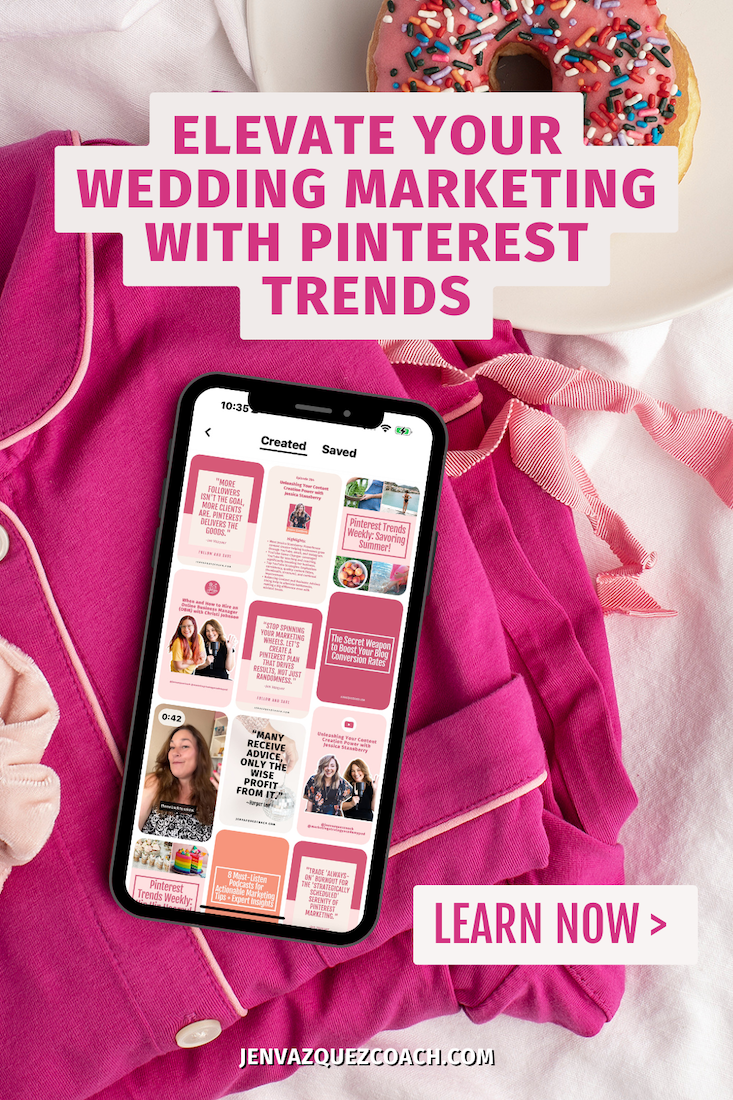
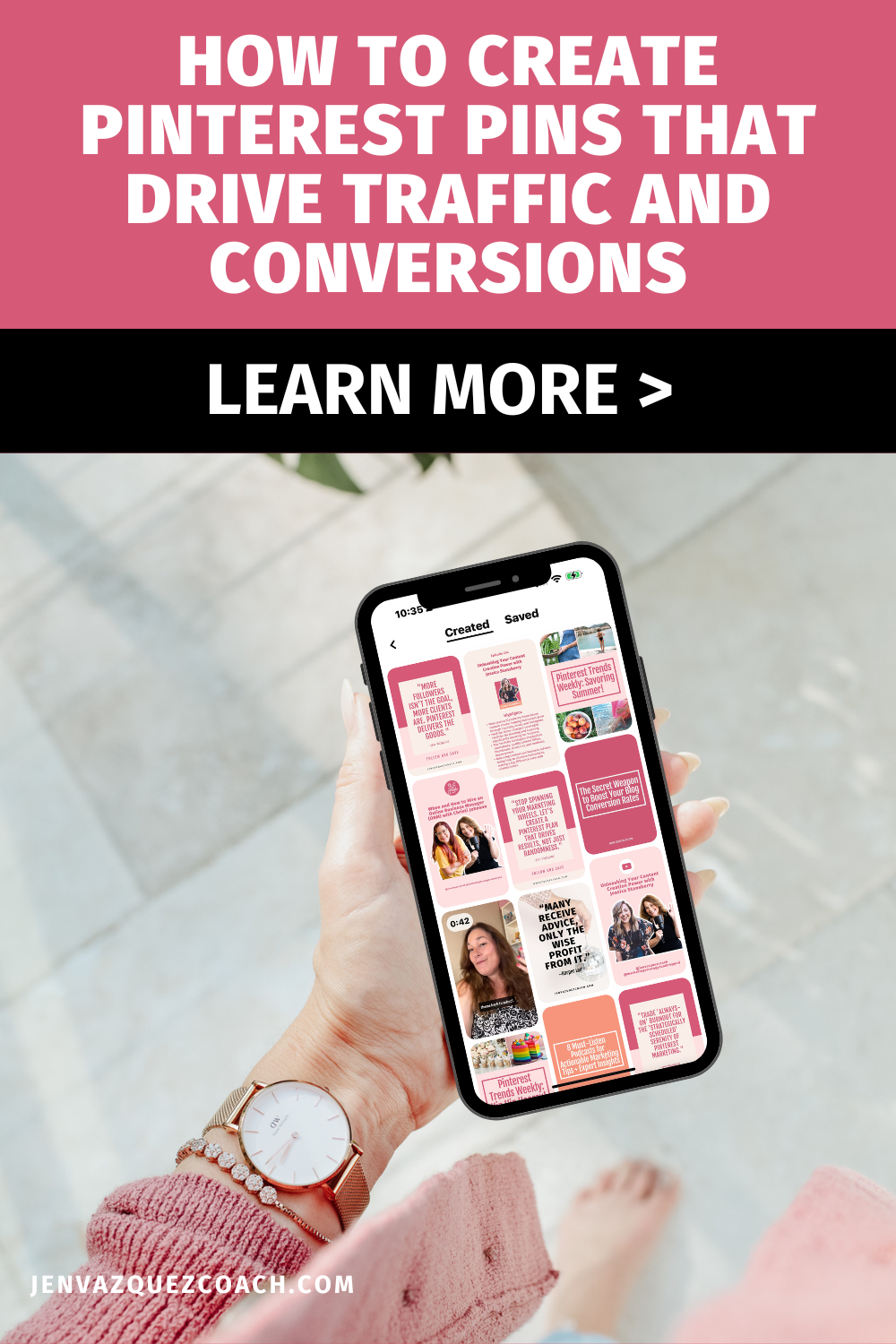
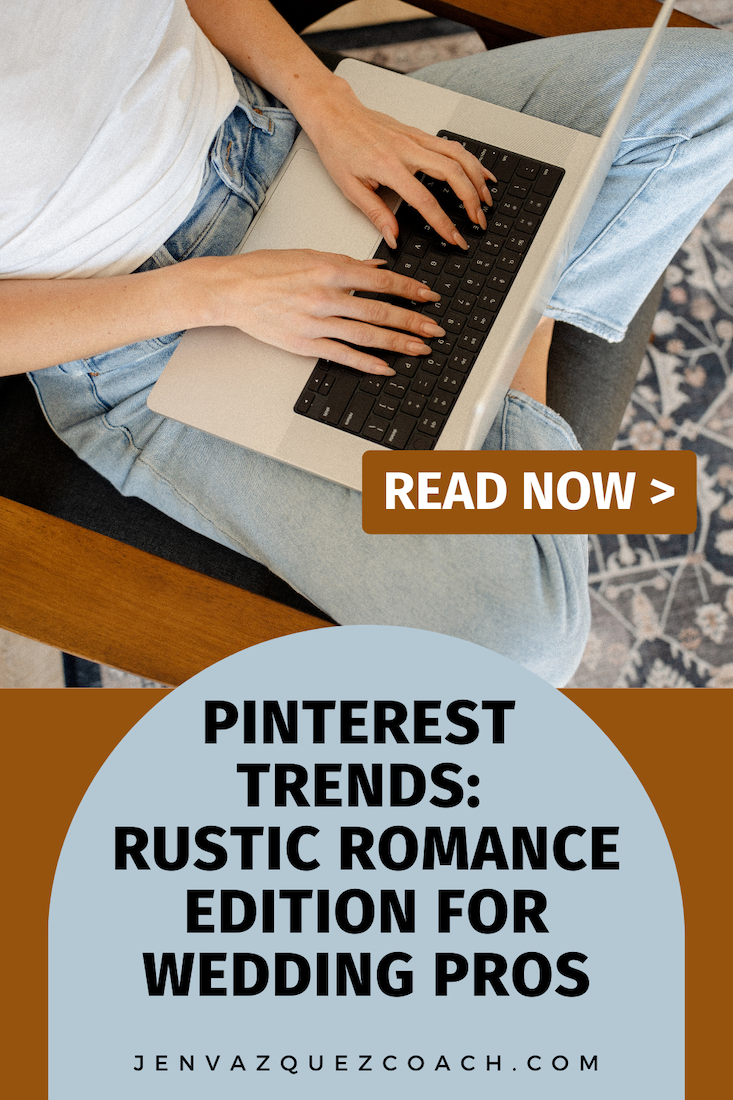
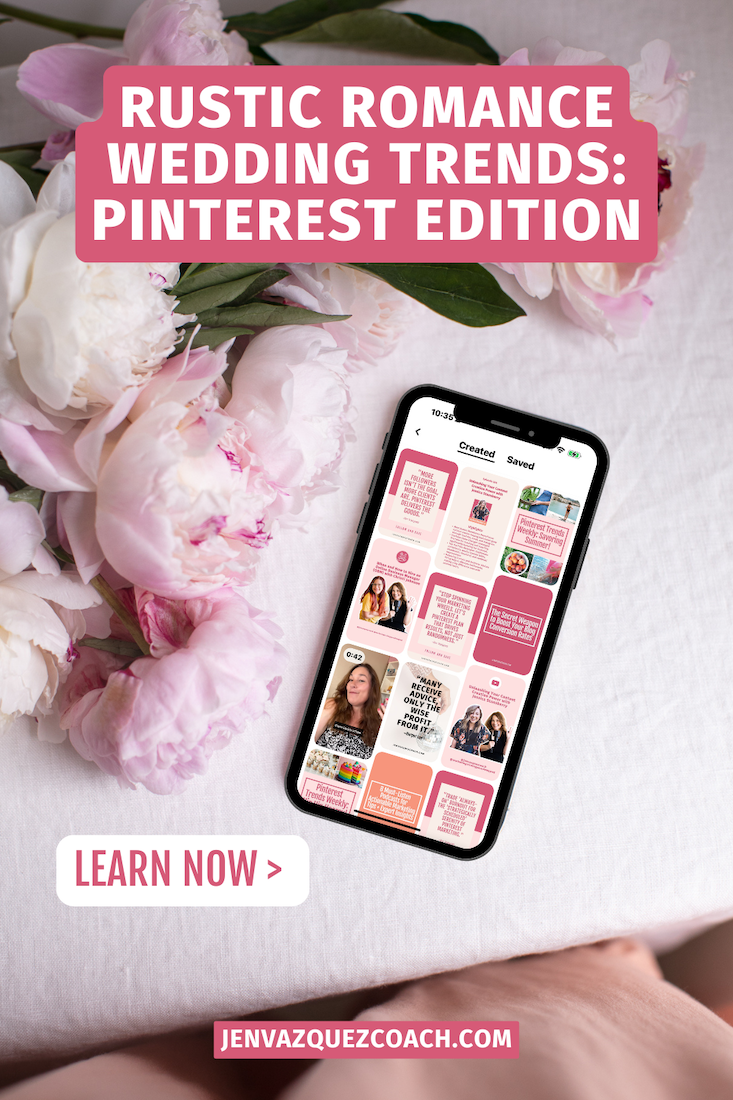

Here is more information that may be helpful!
Pinterest Presents 2024: What You Need to Know for Your Business
Pinterest Trends Weekly: Vibe Check
Pinterest Trends Weekly: Vibe Check Hey there! I'm back with this week's Pinterest trends, and it's all about blending bold styles and innovative ideas to truly make the season your own. This week's theme? Vibe check. Let's get this party started!Top Trends People on...
Boost Sales and Traffic with Pinterest without Paid Ads
Boost Sales and Traffic with Pinterest without Paid Ads Every service-based business owner craves more sales and traffic to their websites and blogs. The great news? Pinterest is the most underrated way to achieve just that! As a visually oriented platform, Pinterest...

